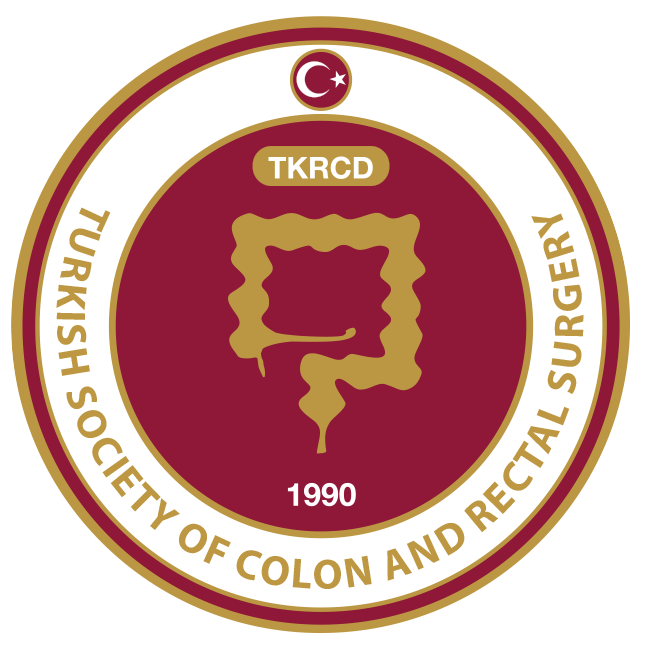ABSTRACT
The etiology of inflammatory bowel disease is still unknown. However, a satisfactory solution cannot be far away. Two diseases from inflammatory bowel diseases i.e. Crohn's disease and ulcerous colitis resemble each other so closely that they cannot be distinguished even pathologically. Epidemiological observations may be helpful in identifying the true causative factors of this evasive disease. Geographically, the prevalence of the disease has a slope from North to South and, to a lesser degree, from West to East. The disease seems to have a characteristic racial-ethnic distribution: This can be attributed to a genetic or environmental influence. According to age, the onset of the disease occurs more often in the second or the third decade of life, but there also is another peak in the 60s. Regarding sexual distribution, there is a slight preponderance of Crohn's disease in women. Genetic factors seem to have a stronger influence in Crohn's disease than ulcerative colitis. If an individual has a genetic susceptibility to infections, the down regulation of an inflammation in the bowel wall does not occur in a proper way. This initiates the auto-immune process which is a self-increasing cycle. Extra-intestinal manifestations of IBD are of high importance because they can not only follow intestinal symptoms, but precede them by years Considering the epidemiological, genetic and immunological data, we can conclude that ulcerative colitis and Crohn's disease are heterogeneous disorders of multifactorial etiology in which hereditary (genetic) and environmental (microbial, behavior) factors interact to produce the disease.



